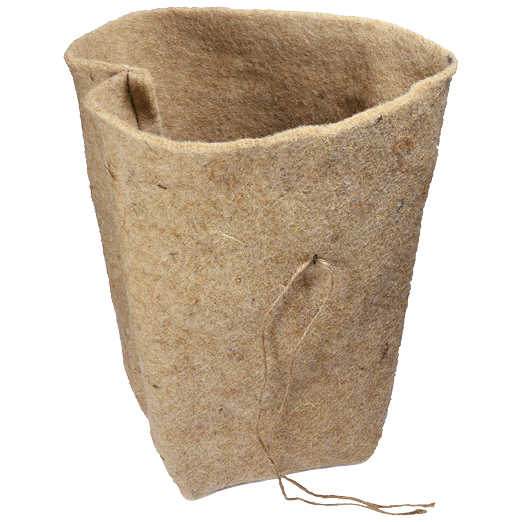- Track your orders
- Save your details for express checkout
- Join our loyalty points scheme and receive points and future discounts with every purchase
The Scour Bays project exemplifies a transformative approach to flood resilience, integrating nature-based solutions into flood management strategies. By prioritising native plant use, the project not only enhances ecological diversity but also establishes a framework for sustainable river management practices that can be replicated across the region. As Environment Canterbury continues to innovate, the lessons learned from this initiative promise to reshape the landscape of flood recovery and ecological stewardship in South Canterbury.
 |
In 2020 and 2021, South Canterbury faced unprecedented flooding, with events like the May 2021 deluge hitting the region with rainfall levels akin to a once-in-200-year occurrence. The resulting devastation affected both public infrastructure and private properties, necessitating a robust response from the regional council Environment Canterbury (ECan). Traditionally, flood remediation relied heavily on engineered solutions such as gravel groynes and willow poles. However, the increasing call from the community and Rūnanga partners for greater biodiversity and reduced dependence on low-diversity willow stands prompted a critical reevaluation of these practices.
With supplementary central government funding at hand, ECan seized the opportunity to innovate within its flood recovery program. The Scour Bays project emerged as a pivotal initiative aimed at transforming flood-damaged areas into multi-functional, biodiversity-rich flood resilience assets. The project focused on trialling native plant species as integral components of flood protection infrastructure, challenging the long-standing reliance on willow.
 |
The Scour Bays project set out to establish native vegetation in recently eroded river gravels using novel planting techniques and geotextile materials. Key innovations included machine-assisted planting and hydrophilic, wool-based geotextiles, which addressed the stressful conditions of scour bays and embankments. This strategic approach aimed to accelerate the growth rates of native species, positioning them as viable alternatives to the rapid colonisation provided by willows.
Within the first year, the results were promising. Native plants thrived in harsh environments, exhibiting growth rates comparable to both willows and established natives in more favourable conditions. The findings underscored the potential for native vegetation to bolster flood protection and enhance local biodiversity.
The Scour Bays project is part of the larger Berm Transition project, which aims to reshape flood-impacted landscapes into resilient ecosystems. The initiative not only targets improved flood management but also seeks to:
Despite its successes, the project faced challenges, including the use of materials like Terrafelt, which is not fully biodegradable. In response, Environment Canterbury collaborated with Advance Landscape Systems to develop a new, fully biodegradable weed mat made from wool and hemp fibres. Trials are currently underway to evaluate this alternative on the Mason and Waiau Rivers, paving the way for future applications.
 |
 |
 |
|
FuturFiber™ Hemp Wonton Planting Bag - specially designed to establish native plants in areas where there is little or no planting media. They are made from 50% NZ grown Hemp fibres and 50% dag wool fibres and are completely biodegradable. |